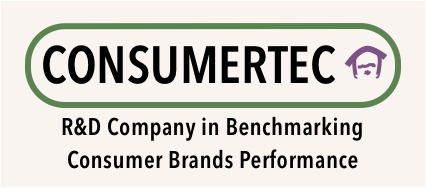 |
Sun Radiometry and Transmittance
|
|
Background Natural sun radiation is linked to humans life. Absolute spectroradiometric measurements of natural sun radiation is required by industries in the following areas: energy, cosmetics, materials, pharmaceutical, medicine, textiles, and laundry, among others. New developments in the photonics industry are helping to obtain accurate and affordable absolute measurements in the range of 250nm to 850nm, full traceable to international standards, as well as new hardware and software capabilities are helping to process large numeric data using cheap and simple procedures. Currently, absolute measurements of UVB, UVA-II, UVA-I and Visible natural radiation, at different planes at ground level, are now part of daily measurements in several industries.
|
|
|
Examples: 1. Global solar spectral irradiance Based on spaceborne irradiance measurement, the solar constant value of 1366 W/m2 was recently confirmed as well as the solar extraterrestrial spectrum in the range of 0nm to 4 um at top of the atmosphere (1). From that spectra, others at terrestrial level are usually predicted through the use of radiative transfer models. On the other hand actual absolute measurements at ground level are currently obtained to validate theoretical models. From the top of the atmosphere to ground level, the solar spectrum change is due to geometrical and geophysical variables (2):
Y = uW/(cm2*nm) ***
Y = uW/(cm2*nm) 2. Photobiological weighted spectrum
Y = uW/(cm2*nm) 3. Transmittance test
NAT.UV, natural
ultraviolet spectral
irradiance, reference spectrum
|
|
|
References (1) Gueymard, C.A., The sun's
total and spectral irradiance
for solar energy applications
and solar radiation models,
Solar Energy, 76 (2004) 423-453.
Solar Consulting Services, USA. |
Home | Contact Us










